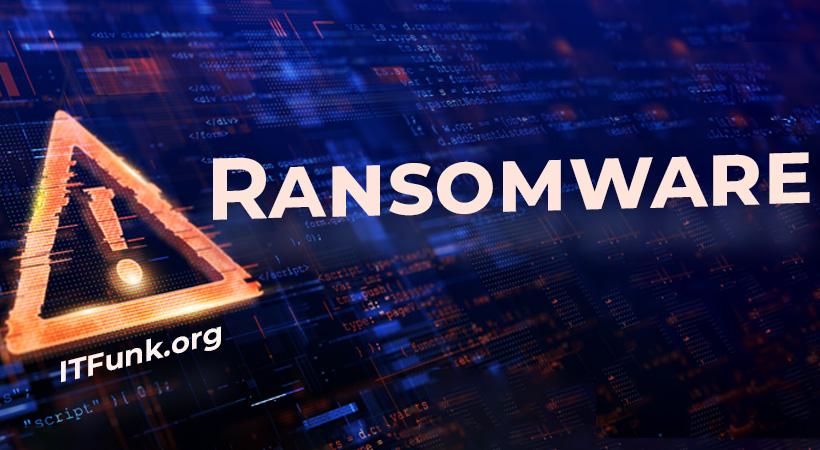BlackHatUP is a nefarious ransomware variant that shares its origins with the Chaos ransomware. This article delves into the characteristics of BlackHatUP, elucidating its functionality, the dangers it poses, and the typical modus operandi of ransomware attacks. We also explore the importance of preventive measures to protect your system from such cyber threats.
Understanding BlackHatUP
BlackHatUP is a ransomware variant rooted in the Chaos ransomware family. It is typically discovered during the analysis of malware samples submitted to security platforms like VirusTotal. The primary objective of BlackHatUP is to encrypt data, affixing its distinctive “.BlackHatUP” extension to filenames, altering the desktop wallpaper, and presenting victims with a ransom note (“read_it.txt”).
File Encryption and Ransom Note
BlackHatUP encrypts the victim’s files, rendering them inaccessible. This process involves appending the “.BlackHatUP” extension to each encrypted file, serving as an identifier. Simultaneously, the ransomware generates a ransom note, “read_it.txt,” which informs the victim that their files have been permanently compromised due to an unauthorized execution of a .exe file. The note offers a potential solution, suggesting that the victim’s files can be restored upon payment of 500 Indian Rupees (INR). The victim is directed to contact “BlackHatUP” on the Telegram messaging platform for further ransom payment instructions.
The Risks and Implications of BlackHatUP
Paying a ransom to obtain a decryption tool carries significant risks. There is no assurance that the tool will effectively decrypt the files, or that the attacker will uphold their end of the bargain by providing the promised decryption solution.
Ransomware in General
Ransomware attacks are characterized by the unauthorized encryption of a victim’s data, followed by a ransom demand from the attackers in exchange for a decryption key. These attacks are often accompanied by time-sensitive ultimatums, where victims are pressured to pay the ransom within a specified timeframe. Failure to comply can result in threats of permanent data loss or increased ransom amounts.
Ransomware attacks have proven to be a lucrative endeavor for cybercriminals, yielding substantial financial gains and fueling the persistence and evolution of this malicious threat.
How Rnsomware Infects Computers
Ransomware is disseminated through various means, including:
- Phishing Emails: Malicious attachments or links delivered to unsuspecting recipients.
- Malicious Ads: Compromised websites that automatically download ransomware onto visitors’ computers.
- Exploiting Software Vulnerabilities: Exploiting vulnerabilities in software to deploy ransomware.
- Social Engineering: Tricking users into downloading malicious files.
- Remote Desktop Protocol (RDP) Attacks: Gaining unauthorized access and deploying ransomware.
- Utilizing P2P Networks: Distributing malware through torrents, pirated software, and similar channels.
Removing BlackHatUP
If your computer has been infected with BlackHatUP, here are the steps to remove it:
- Isolate the Infected System: Disconnect the infected computer from the network and other devices to prevent the ransomware from spreading.
- Identify the Ransomware: Confirm that your computer is indeed infected with BlackHatUP to ensure you’re taking the right steps.
- Backup Encrypted Files: Before attempting any removal, make a backup of your encrypted files in case a decryption solution becomes available in the future.
- Use Antivirus Software: Run reputable antivirus or anti-malware software to scan and remove the ransomware from your system.
- Restore from Backup: If you have secure backups, restore your system and files from a clean backup made before the infection occurred.
- Avoid Paying the Ransom: We strongly discourage paying the ransom, as it does not guarantee the retrieval of your files and only fuels criminal activities.
Conclusion
BlackHatUP is a formidable ransomware variant that poses significant risks to victims. Understanding its operation and the hazards it presents is crucial in mitigating potential threats. To protect against ransomware attacks, it is essential to maintain a proactive approach to cybersecurity, keeping software up to date, employing reputable security solutions, exercising caution when interacting with emails, downloads, and websites, and following the removal steps outlined above.





